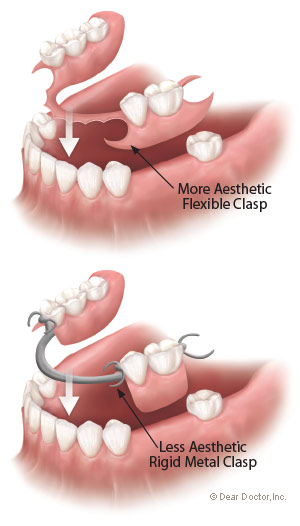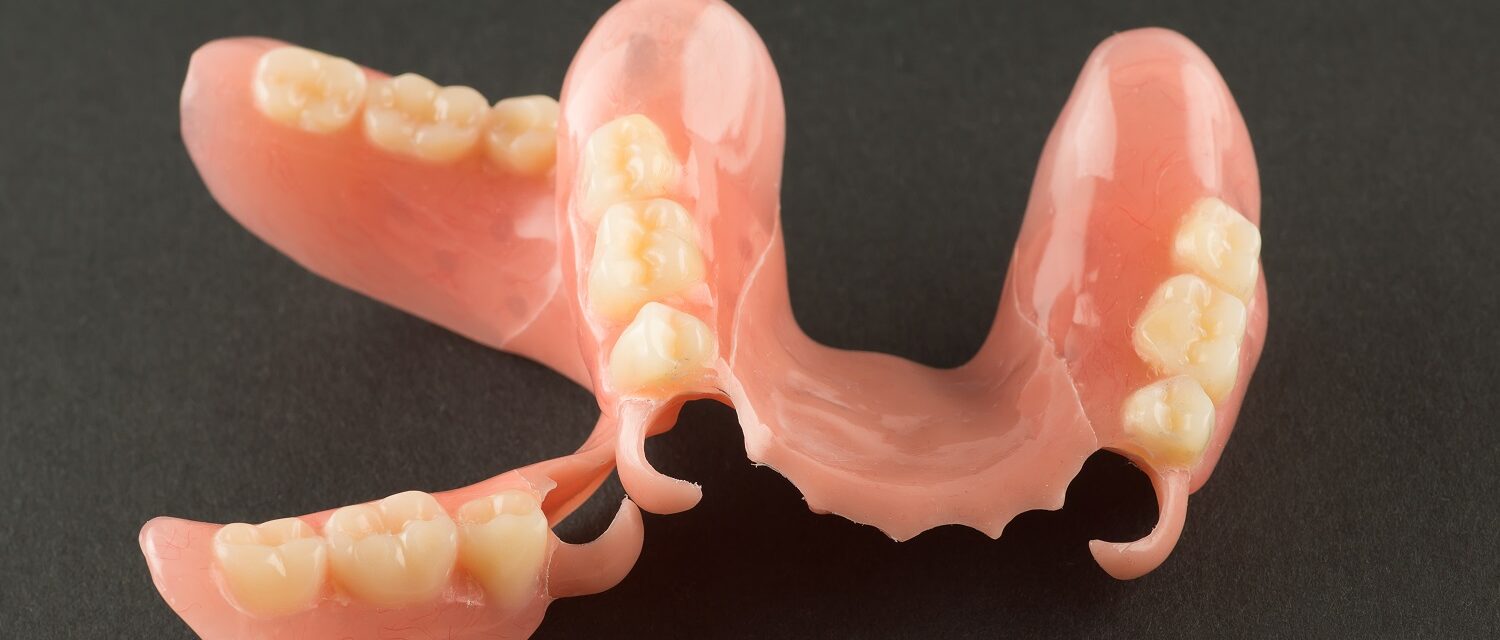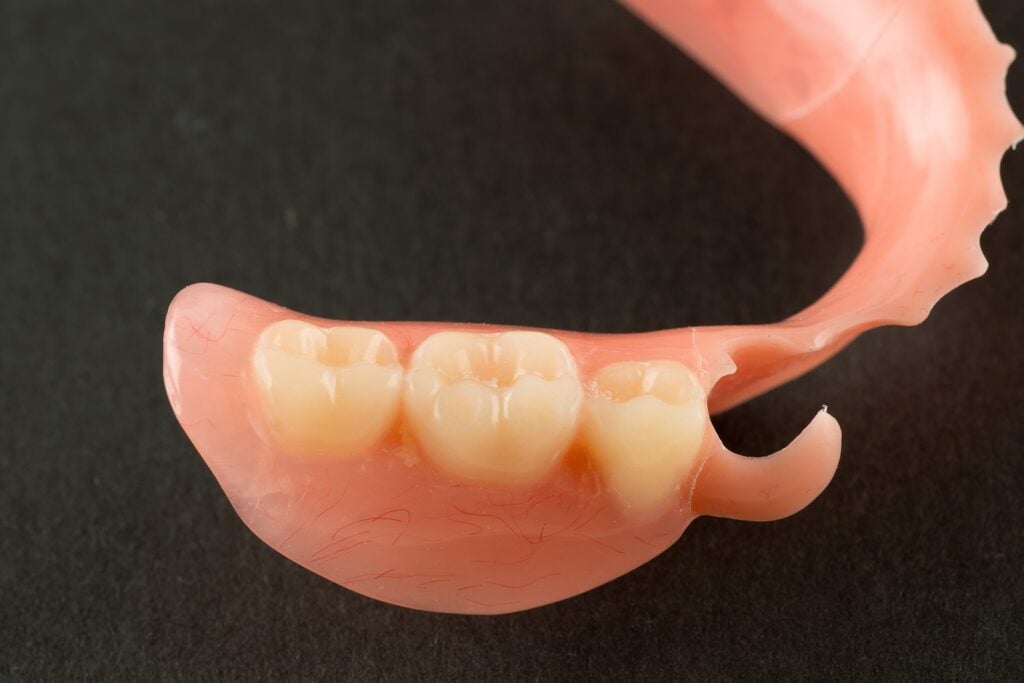how do flexible partial dentures stay in place
Because of the shape of the jaw upper dentures typically stay in place better than lower dentures which are more likely to be affected by eating or speaking. With flexible dentures this risk doesnt exist because they always tend to go back to their original shape.
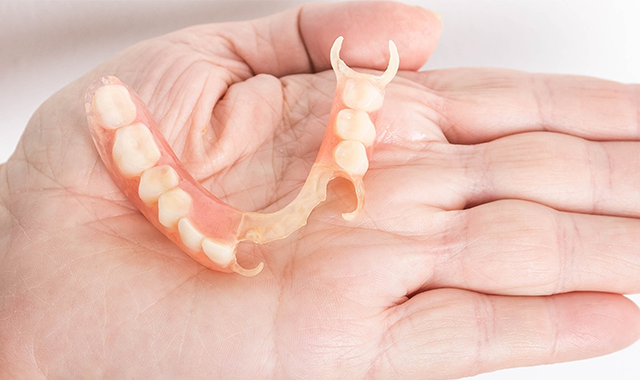
Choose The Right Patients For Flexible Removable Partial Dentures
In conclusion I advocate the use of flexible partials for patients who fit the criteria and as a comfortable interim prosthesis as long as we follow accepted design standards and allow our patients a comfortable and dignified functional.
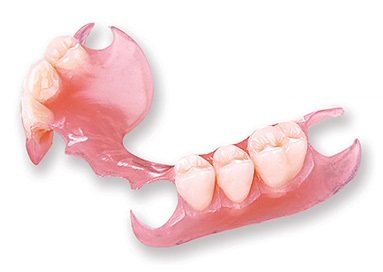
. They are much more comfortable than traditional dentures but they cannot be relined or. The color shape and design of Valplast partials blend seamlessly with the natural appearance of the gingival tissues making the prosthetic virtually invisible. Flexible partial dentures often provide a solution for those.
Dentures can either replace all or some of your teeth full or partial and are constructed from porcelain acrylic resin metal plastic or a combination therein. Dentures are usually secured to a users mouth through natural suction. Flexible partial dentures are similar to conventional partial dentures in design but they are very different in other ways.
How do Valplast dentures stay in. Saliva is all thats required to keep dentures in place for most. Like acrylic partials these dentures do use clasps to stay in place.
As mentioned earlier flexible RPDs are held in place by little projections that fit into the areas between the teeth and gums. The layer of saliva between the gums and the denture help keep this oral health device in place. How often should you visit your dentist if.
Many denture wearers use adhesives to keep dentures in place but there are other options you can consider. Never force a partial denture into place. Describing standard partial denture we said that while you are not wearing it It is better to put it in a glass of water or in a damp little towel.
This can trap food and bacteria and render certain areas inaccessible to the cleansing antibacterial action of saliva. Should dentures stay in without adhesive. Flexible partial dentures run between 900 and 2000 and acrylic flippers are the least expensive ranging from around 300 to 500 each.
First of all you should know going in that flexible dentures are a type of partial denture like flipper teeth. This is why there are comparably few problems with upper dentures. Partial dentures can range in cost from 650 to 2500 for either the top or bottom teeth not both.
When left out of the mouth flexible dentures become rigid so its a good idea to place it in a bowl of warm water for 15 minutes before you put it in your mouth. Dentures remain in place with a close fit along the underlying gum as well as the bone tissue. Your dental partial will be formed based on these impressions and your bite registration to guarantee the best fit for your mouth.
Partial dentures provide support to your remaining teeth and fill in any gaps caused by missing teeth. For patients who have an acrylic allergy a flexible partial can be a good alternative. The thermoplastic nylon resin construction is thinner.
As there name suggests they flex into position and often require no clasping mechanisms holding themselves in place firmly. The good news is due to their flexibility these partials are known to be comfortable and may be less likely to irritate your gums when compared to more traditional. The material that they are made from is thin durable and flexible and allows the denture to move and adapt to your mouth as it changes over time.
The reason is simple If a denture gets dry it tends to change its shape. Full dentures do require some degree of rigidity in order to stay in place in the mouth and the flexibility of Valplast may not be suitable for the application of a full denture. How do flexible partial dentures stay in place.
Flexible partial dentures often provide a solution for those. Typically flexible dentures are made from a thin thermoplastic material such as nylon. How Do Flexible Partial Dentures Stay In Place.
What are flexible dentures. Because thermoplastic is not as hard as acrylic these dentures are flexible. Many find their dentures fit and security to be adequate without the need for denture adhesive.
How do they work. Partial dentures have arms or clasps that wrap around teeth to keep the restoration in place. Do not try to adjust your dentures yourself.
If it is inserted correctly you will not need to force your denture into position. In most situations Valplast is reserved only for partial dentures. Valplast dentures are flexible partial dentures that are an affordable solution for missing teeth.
Depending on the health and shape of the teeth neighboring your missing tooth or teeth your dentist may decide to crown or reshape those neighboring teeth to ensure the best fit for the framework of the partial. Flipper teeth cost between 300 and 500. If you feel sharp pain on the gums or if your teeth do not meet comfortably please see your dentist to.
In partial dentures artificial teeth are attached to natural teeth in order to replace missing teeth. A flexible denture adapts around the shape of the teeth and gums upon insertion and removal and can be used when it is difficult or impossible to insert a plastic or light alloy denture. The larger the surface area the stronger the seal.
Dental insurance can help to cover some of the costs of partial dentures. Clasps that wrap around the teeth to keep them in place are called partial dentures. The denture simply clasps on to your remaining teeth to keep it firmly in position.
The design of any type of partial denture prosthesis should follow appropriate tooth and tissue design for accurate stability and retention. Lets examine a few ways dentures use the natural shape of your gums and jaw to stay in place. The strong durable plastic snaps securely and comfortably into place around the existing natural dentition and gingiva.
How do partial dentures stay in place. They have the added benefits of keeping any of your remaining teeth in place and preventing your face from sagging. Full and partial dentures should both provide a firm comfortable fit that increases your ability to chew.
To remove an upper partial denture hook your thumbnail or fingernail at the gum line between the denture and your cheek pulling down gently and evenly to release the clasps.
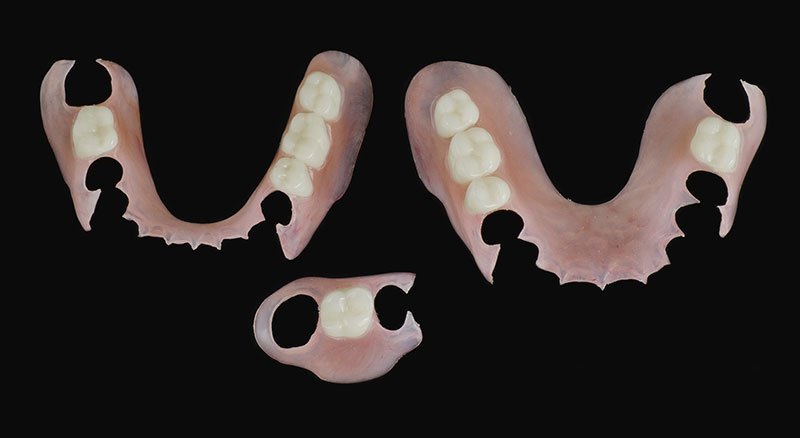
How To Get Rid Of Soreness From A Valplast Denture Ask The Dentist
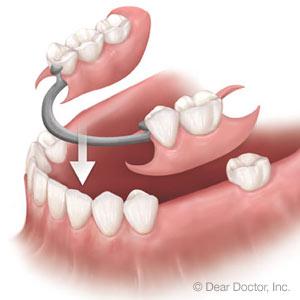
Temporary Tooth Replacement With Flexible Partial Dentures Laura Elliff Dmd

Trouble With Metal Clasps On Partial Dentures 4 Ways To Resolve It
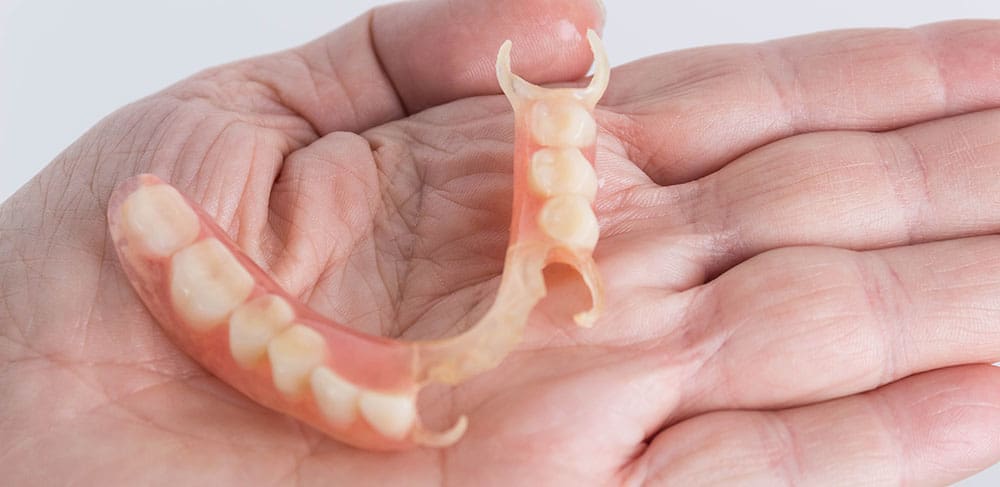
Everything You Need To Know About Valplast Dentures International Dental Arts
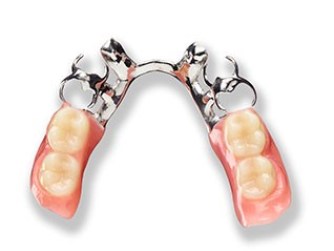
False Teeth Pros And Cons Of Flexible Dentures Partial Dentures

